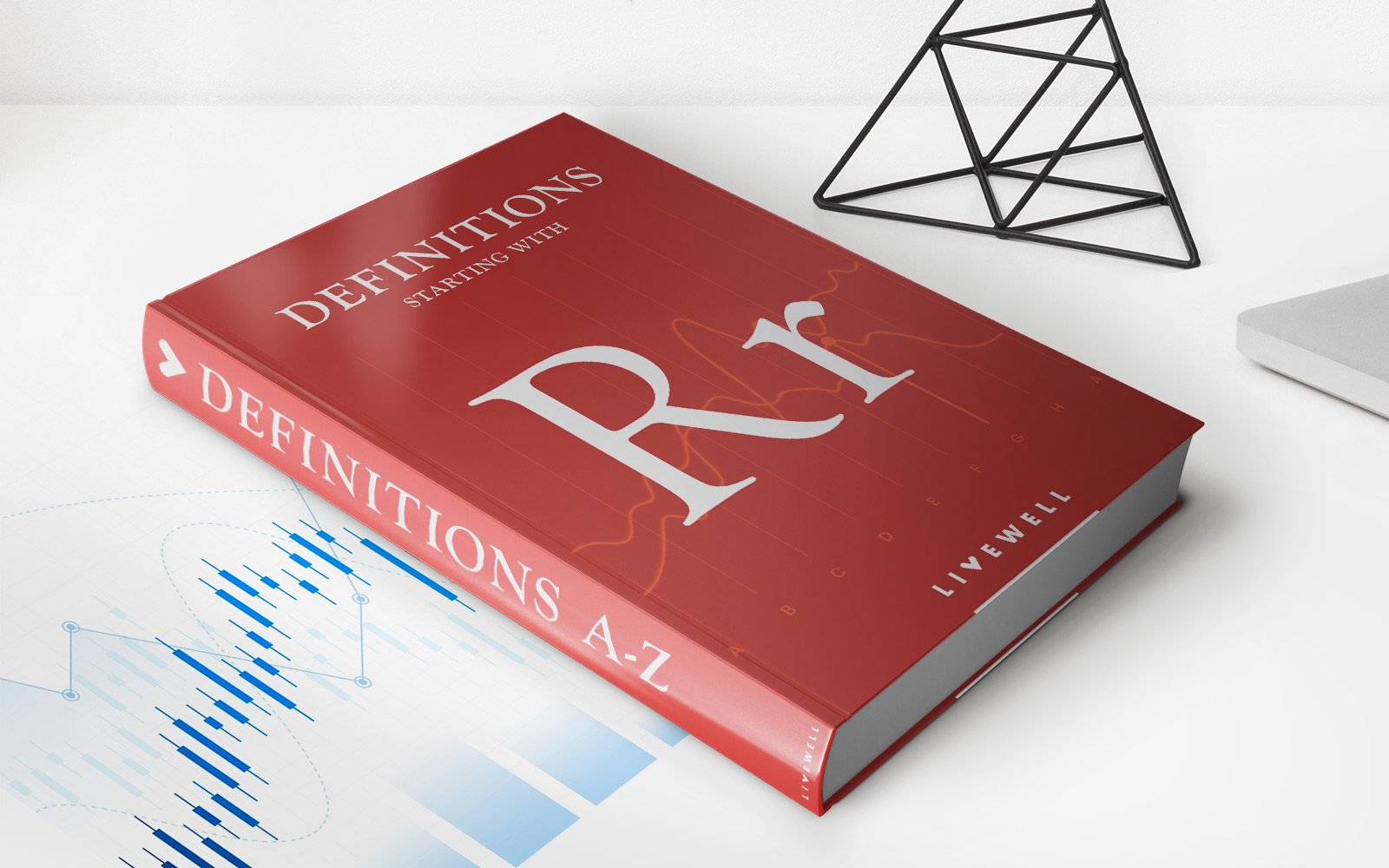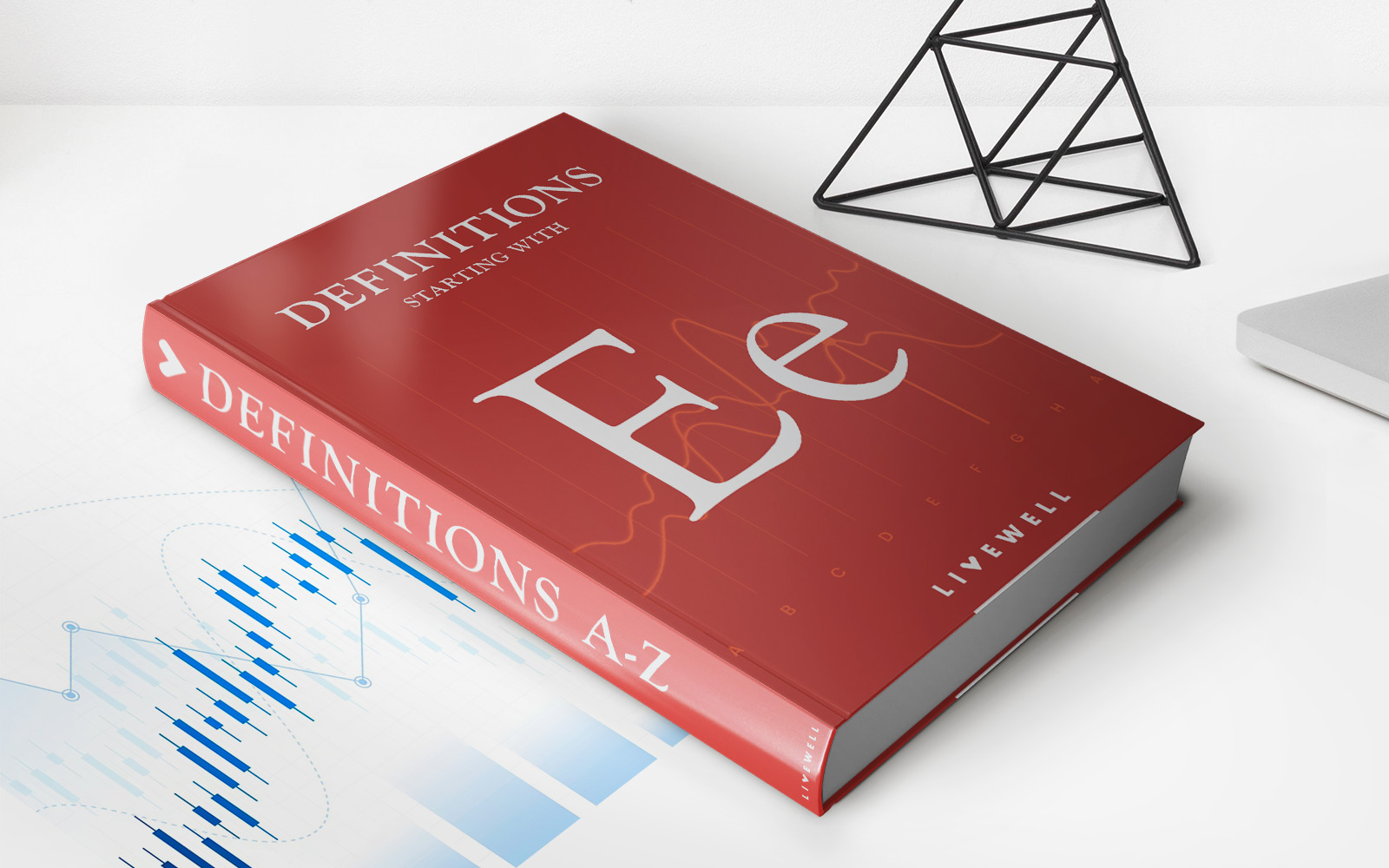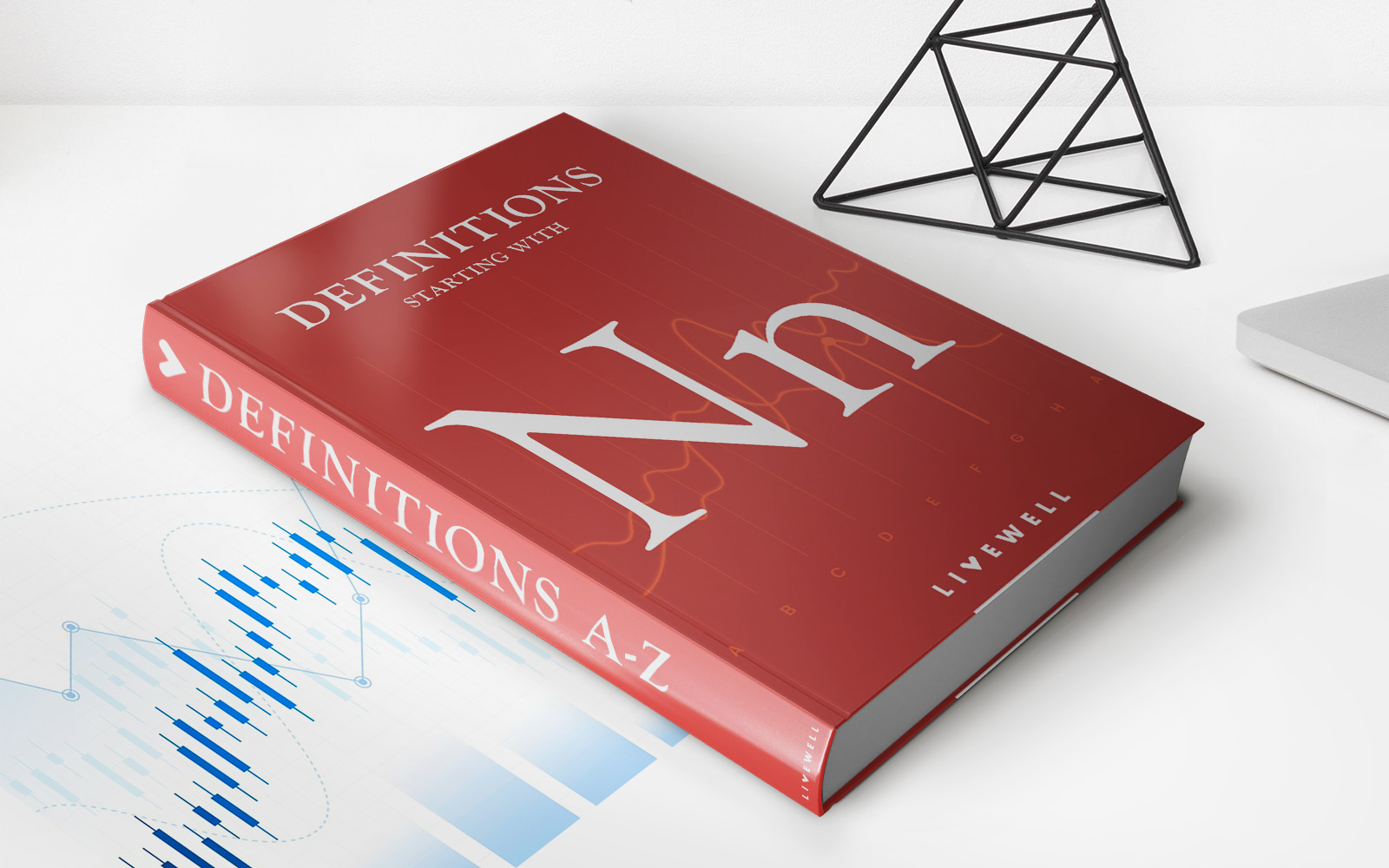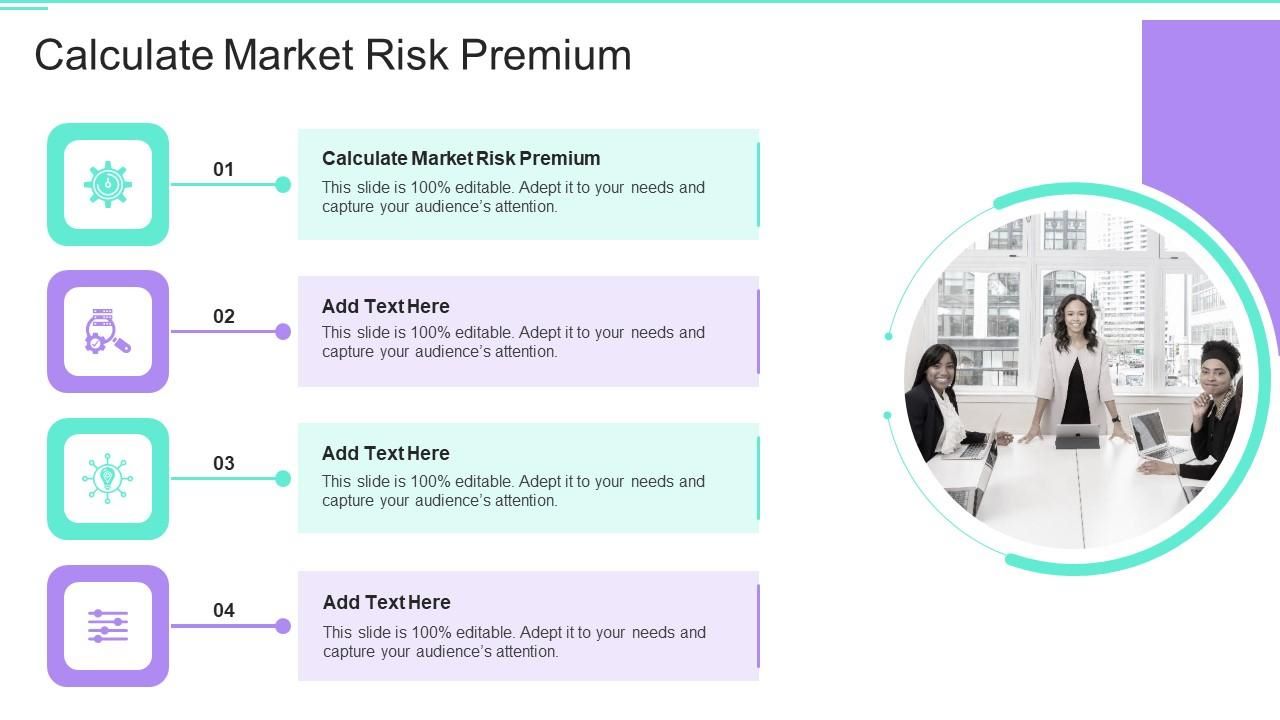Home>Finance>Convexity In Bonds: Definition, Meaning, And Examples


Finance
Convexity In Bonds: Definition, Meaning, And Examples
Published: November 3, 2023
Learn the definition, meaning, and examples of convexity in bonds in this comprehensive finance guide. Understand how convexity impacts bond prices and yields.
(Many of the links in this article redirect to a specific reviewed product. Your purchase of these products through affiliate links helps to generate commission for LiveWell, at no extra cost. Learn more)
Convexity in Bonds: Definition, Meaning, and Examples
When it comes to investing in bonds, there are a number of factors to consider. One key concept that plays a crucial role in bond valuation and risk management is convexity. In this blog post, we will dive into the definition, meaning, and examples of convexity in bonds, shedding light on why it matters to investors.
Key Takeaways:
- Convexity measures the relationship between a bond’s price and its yield, helping investors understand how bond prices change in response to fluctuations in interest rates.
- Higher convexity indicates that a bond’s price is more sensitive to interest rate changes, making it more volatile but also potentially offering higher returns.
So, what exactly is convexity in the context of bonds?
Convexity, in simple terms, is a measure of the curvature of the relationship between bond prices and yields. It quantifies the extent to which changes in interest rates affect the price of a bond. Put differently, it highlights the bond’s sensitivity to interest rate movements and helps investors estimate the potential price change if interest rates shift.
Bond prices and yields have an inverse relationship – when yields rise, bond prices fall, and vice versa. However, this relationship is not linear, and that’s where convexity comes into play. It allows us to understand the non-linear relationship between bond prices and yields.
Why does convexity matter to investors?
Understanding convexity is crucial for bond investors as it provides valuable insights into the potential risks and returns associated with a bond investment. Here are a few reasons why it matters:
- Price Volatility: Bonds with higher convexity are more price-sensitive to changes in interest rates, meaning their prices can experience more significant swings. This heightened price volatility can present both opportunities and risks for investors.
- Investment Decisions: Convexity helps investors evaluate the potential impact of interest rate changes on their bond investments. Analyzing convexity alongside other factors like duration and yield can aid in making informed investment decisions.
- Portfolio Management: Convexity allows investors to manage the risk and return characteristics of their bond portfolios more effectively. By diversifying holdings across bonds with different convexities, investors can enhance their portfolio’s risk-reward profile.
Examples of convexity in bonds:
To better understand convexity, let’s consider two bonds with similar durations but different coupons and convexities:
- Bond A: A zero-coupon bond that pays no periodic interest. It has a duration of 5 years and low convexity.
- Bond B: A coupon-paying bond, providing regular interest payments. It also has a duration of 5 years but exhibits higher convexity compared to Bond A.
Now, suppose interest rates decrease. Bond A’s price will increase, benefitting from the fall in yields. However, since its convexity is low, the price increase will be moderate.
On the other hand, Bond B, with higher convexity, will experience a more substantial price increase due to the non-linear relationship between bond prices and yields. This potential price appreciation makes Bond B more attractive for investors seeking to benefit from falling interest rates.
In conclusion, understanding convexity is essential for bond investors. It provides valuable insights into how bond prices change in response to shifts in interest rates, helping investors assess risks, make informed investment decisions, and optimize their bond portfolios. By considering convexity alongside other bond characteristics, investors can navigate the bond market more effectively and aim for better risk-adjusted returns.














